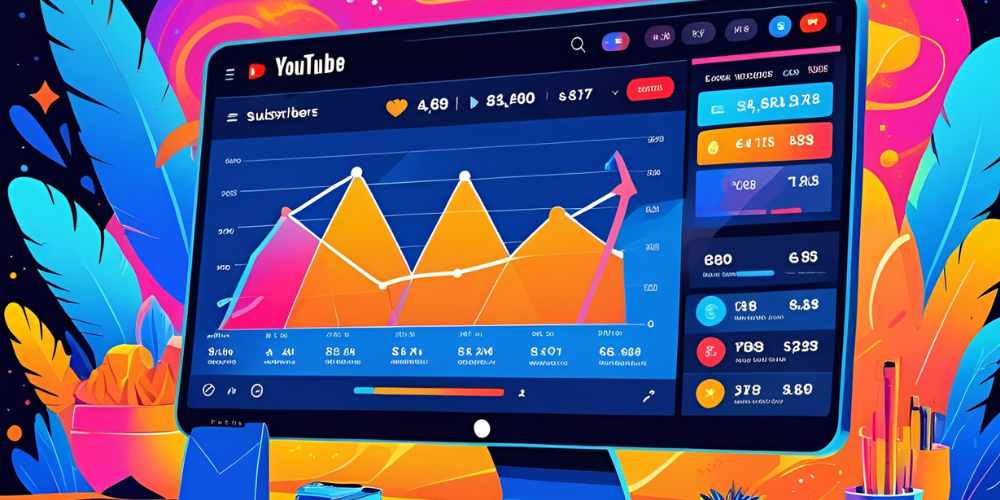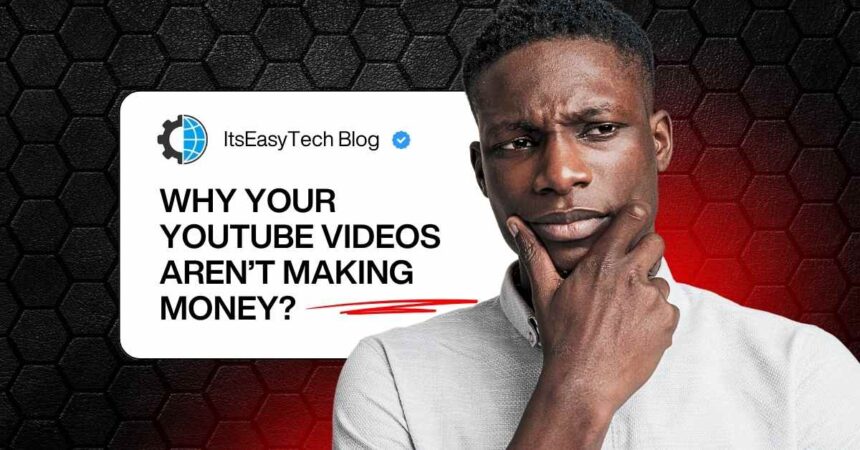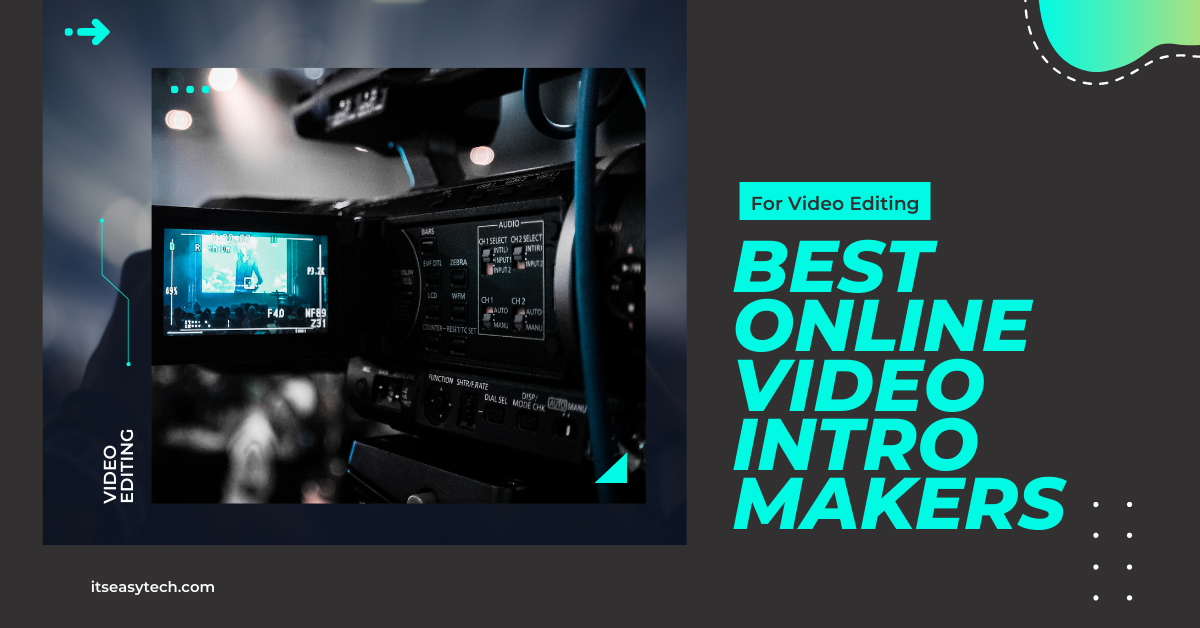You’re getting views, but your YouTube earnings remain low. Why is that? Many content creators feel this way. You spend so much time creating videos, but your income doesn’t grow. It can be discouraging, especially when you have a strong subscriber count and viewer interaction.
Many creators overlook the key monetization youtube strategies, and understanding them is crucial. Services like Scalelab can help optimize your channel for revenue growth, turning passion into profit.

Reason #1: You’re Not in the YouTube Partner Program (YPP)
To earn money from YouTube videos, you need to join the YouTube Partner Program (YPP). This allows you to make money through ads, memberships, and merchandise. To qualify, you need at least 1,000 subscribers and 4,000 watch hours in a year.
These requirements show YouTube that you have an engaged audience. While it may seem tough, with regular content creation and smart audience engagement, it’s doable.
How to Qualify:
- Engage Viewers: Start your videos with a strong hook to keep viewers interested and watching until the end.
- Promote on Other Platforms: Use Instagram, Facebook, or Twitter to share parts of your videos and attract more viewers.
Reason #2: Low RPM/Ad Revenue
If your earnings are low despite being in YPP, your RPM (Revenue per Mille) might be the issue. RPM is the amount you earn per 1,000 views after YouTube takes its share.
This can vary based on your niche, audience, and ad engagement.
How to Boost RPM:
- Choose High-CPM Niches: Create content in areas like finance or technology where advertisers pay more.
- Optimize Ad Placements: Place ads strategically to increase earnings without disrupting viewer experience.
Reason #3: Demonetization or Restricted Content
Demonetization happens when YouTube videos are flagged as unsuitable for ads, often due to issues like copyright infringement or controversial topics.
Copyright problems can occur if you use music or clips without permission.
Furthermore, Sensitive topics might also restrict ads, even if your content is informative.
How to Avoid YouTube Demonetization:
- Get familiar with YouTube’s ad-friendly content guidelines to ensure your videos meet advertiser standards.
- Consider using tools like Scalelab to protect your content from demonetization.
Reason #4: Low Audience Engagement
A big reason YouTubers might struggle to make money is low audience engagement. Making money isn’t just about getting views; it’s about how viewers interact with the content.
Two important factors are watch time and Click-Through Rate (CTR). Even if a video has a lot of views, it won’t necessarily make much money if people aren’t watching for long. Watch time measures how long viewers stay, showing the algorithm that the content is interesting and useful.
CTR, which shows how often people click on a video thumbnail, is also crucial. A low CTR might mean that the thumbnail or title isn’t attractive enough to get people to click.
How To Fix:
- Use Better Thumbnails/Titles and End Screens
Alternative Revenue Streams than YouTube Monetization
Though earning from YouTube ads is a common revenue stream for many content creators, it’s not the only option. By overlooking alternative revenue streams, you may be missing out on significant income potential. Here’s how you can earn:
1. Affiliate Marketing
Affiliate marketing involves promoting products or services and earning a commission on each sale made through your unique affiliate link. It’s a powerful way to earn money, especially if you regularly discuss products or services in your videos.
To get started, identify products relevant to your audience, sign up for an affiliate program, and include your affiliate links in your video descriptions. Make sure to disclose affiliate partnerships to maintain transparency with your viewers.
2. Sponsorships
Brands are eager to reach new audiences through sponsored content, and your channel could be the perfect platform. To successfully pitch brands, create a compelling media kit showcasing your channel’s reach and engagement.
Highlight how partnering with you can benefit them. Tailor your pitch to suit each brand’s needs, and include specific examples of previous successful collaborations if possible.
3. Memberships & Merchandise
Engage your loyal audience by offering exclusive memberships or creating custom merchandise. Memberships can provide exclusive content, behind-the-scenes access, or personalized interactions with your subscribers. Platforms like Patreon make this process straightforward.
Alternatively, designing and selling merchandise related to your channel’s niche allows fans to support you while wearing or using items they love. Use platforms like Teespring to effortlessly handle production and shipping.
Conclusion
In summary, while creating videos on YouTube can be an exciting venture, there are several reasons your content may not be generating the expected revenue.
By taking deliberate steps such as building a captivating channel with regular, high-quality content, optimizing SEO, utilizing multiple revenue streams, and actively engaging with your audience, you can lay a strong foundation for monetizing your efforts.
Evaluate your current strategy, make necessary adjustments, and persistently refine your approach to turn your passion into a profitable endeavor.






